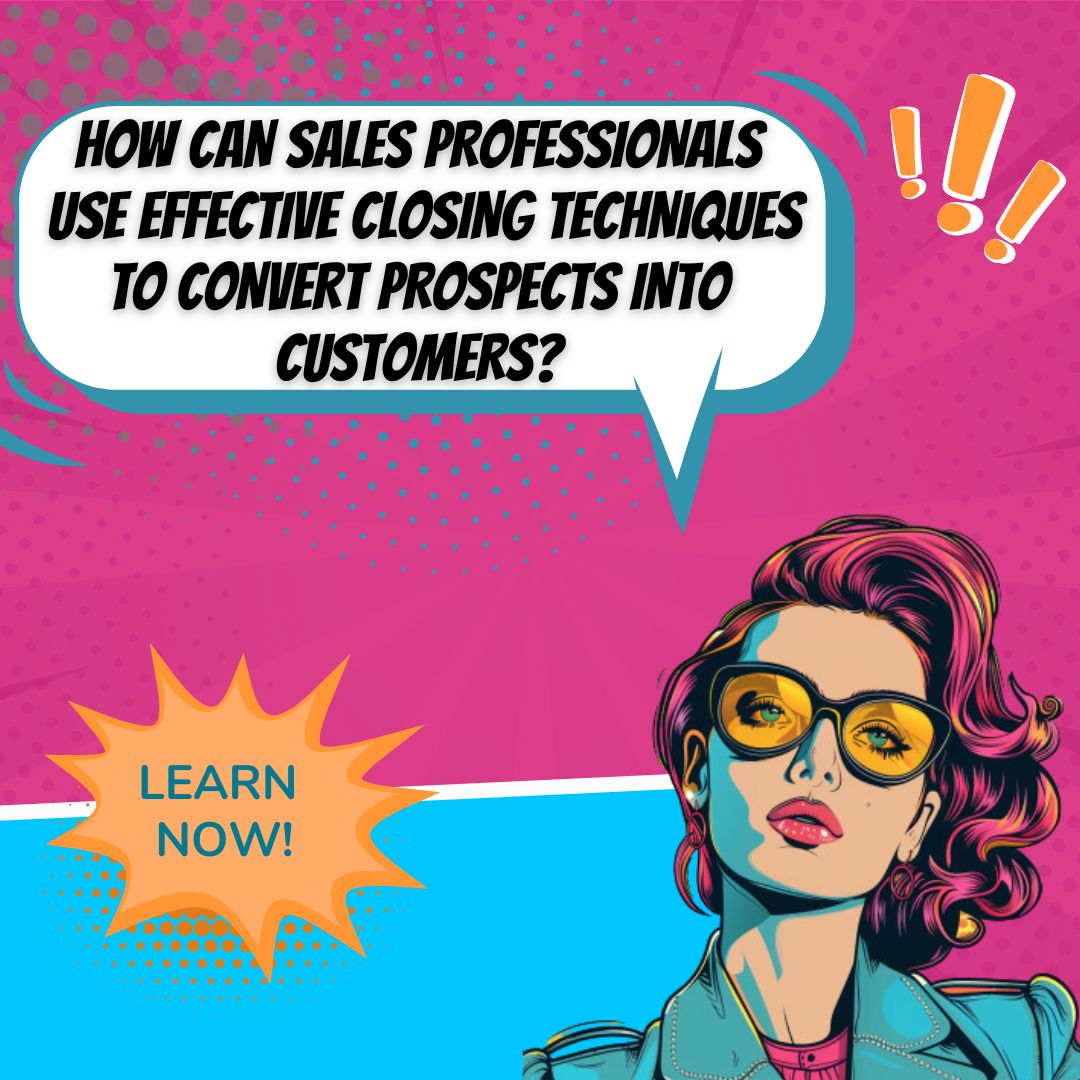Key Takeaways
✅ Highlight Your Value Proposition: Knowing your audience is half the battle. Studies show personalized pitches can increase sales by up to 19%. Use this to your advantage by understanding your customer's problems and presenting tailored benefits over features. A simple structure with a focus on the benefits can make your offer irresistible.
✅ Use Closing Techniques to Seal the Deal: Did you know that following up can boost your deal-closure rate by a significant margin? Always include credible success stories in your pitch and offer a clear course of action. Remember, the key to success is in the follow-up – don't let potential deals fizzle out.
✅ Make It Engaging and Memorable: A staggering 63% of attendees remember stories after a presentation, compared to only 5% who remember statistics. Keep your pitch simple, tell a compelling story, and practice it. Adjust your pitch based on feedback to ensure it's hitting the mark every time. 
Introduction
Have you ever wondered why some sales pitches work like magic while others fizzle out? The answer often lies in how well you understand the art of crafting the perfect sales pitch. Whether you're an experienced salesperson or just starting out, your ability to effectively convey your value proposition and use closing techniques can make or break a deal.
In a marketplace where competition is fierce, and customers are bombarded with choices, standing out is not just important – it's essential. Our insights can overhaul your approach, showing you how modern trends and psychological principles can maximize revenue and return on sales effort. This isn't just about selling; it's about connecting, persuading, and ultimately, winning trust.
As we dive into the meat of the subject, expect to uncover actionable insights and groundbreaking information that will empower you to close more deals and supercharge your sales strategy. Prepare to leave average behind and step into the realm of exceptional sales success.

Top Statistics
| Statistic | Insight |
|---|---|
| 85% of consumers prefer a product with a video | This shows the importance of integrating multimedia in your sales pitch to increase engagement and conversions. |
| Having a formal sales process can boost revenue up to 28% | A structured approach to sales may be the key to unlocking your business's potential growth and ensuring a consistent sales performance. |
| Top salespeople are 10x more likely to use collaborative language | Using words that foster a sense of partnership can create stronger connections with potential clients, potentially leading to more successful transactions. |
| Ending a sales pitch with a story makes it memorable | Since 63% of people remember stories, ending with a persuasive narrative could be the difference between closing a deal and being forgotten. |
| Customer testimonials | They are not just feel-good content; they are a trust signal and a way to demonstrate proven success to hesitant buyers. |
Understanding Your Prospect's Needs
A sales pitch is only as strong as the understanding behind it. To really hit the mark, you've got to dive deep into the prospect’s world. This is where market research shines—get to know their industry, their competitors, and their customers. Break down their operation until you can see the cogs turning, understand where they're stumbling, and most importantly, why they can’t afford to ignore what you're selling. Remember, your pitch should speak directly to them, almost as if it were crafted by someone within their own ranks.

Creating a Compelling Story
Here’s where storytelling comes into play, setting the stage for a persuasive narrative. Don’t just rattle off a list of benefits; weave them into a story that places your prospect at the center. Maybe it’s a tale of overcoming a typical industry challenge or a success story from a similar client. It’s this human element that transforms data and features into solutions they can envision themselves using, making the abstract tangible.
Highlighting Your Value Proposition
Your value proposition is your ace in the hole. It’s your product's standout feature or benefit that sets it apart from the rest. But how do you crystallize this into a punchy statement or two? It’s about distilling the essence of what you offer down to its most potent form. Are you saving them time? Cutting down their costs by a surprising percentage? Quantify this, make it vivid and unmissable. Show them a future where your product or service is the hero in their success story.
Using Social Proof and Addressing Objections
Trust is currency in sales, and nothing builds trust quite like social proof. Sprinkle testimonials, rave reviews, and case studies throughout your pitch. Did your solution help someone else soar high? Share that story. This isn't about showing off - it's proof of concept. Equally important is tackling objections head-on. Is your solution viewed as too pricy or too complex? Prepare clear, concise rebuttals that dismantle these barriers.

Including a Clear Call to Action
Ever listened to a great pitch and then thought, "What next?" Avoid leaving your prospects in limbo with a clear call to action (CTA). Whether it’s scheduling a demo or signing up for a free trial, be explicit about the next step and make it easy for them to take it. An effective CRL is like a signpost at a crossroads, pointing them right to the solution - your product.
Practice and Refine Your Pitch
Ask any seasoned sales pro — the secret sauce is in the practice. There’s an art to delivering your pitch with confidence and enthusiasm. But don't just go through the motions; listen to feedback, tweak your tone, pace, and content accordingly. The perfect sales pitch is not set in stone; it's a living, breathing thing that evolves with every handshake, every "yes", and every "no thanks".
The nuts and bolts of a killer sales pitch boil down to these fundamentals: understand the client, tell their story, highlight what sets you apart, prove your worth through others, guide them to act, and never stop refining your craft. Do it well, and you'll not just seal deals, but also build lasting relationships that’ll pay dividends well into the future.
AI Marketing Engineers Recommendation
Recommendation 1: Personalize Your Value Proposition Based on Customer Data: Tailoring your value proposition to meet the specific needs of individual customers can increase the chances of a successful sales pitch. According to a study by Epsilon, 80% of consumers are more likely to make a purchase when brands offer personalized experiences. Utilize customer data analytics to understand the needs, preferences, and pain points of your prospects. This approach ensures that your sales pitch resonates on a personal level, potentially increasing conversion rates.

Recommendation 2: Leverage Social Proof as a Closing Technique: Consumers often look to others’ experiences and reviews before making a decision. Integrate strong testimonials and case studies into your sales pitch to build trust and credibility. A report by Nielsen found that 92% of people trust recommendations from peers, and 70% trust consumer opinions posted online. Crafting your pitch to include customer success stories can act as a powerful closing technique, nudging prospects to seal the deal seeing the real-world effectiveness of your product or service.
Recommendation 3: Implement Sales Enablement Tools to Streamline the Sales Process: Sales enablement tools such as CRM platforms, email tracking software, and presentation tools can help sales teams deliver pitches more effectively. For instance, by using CRM software with analytics capabilities, salespeople can identify the optimal time to follow up with leads, increasing the likelihood of closing the deal. With the global sales enablement market projected to grow to $2.6 billion by 2024 according to MarketsandMarkets, it’s evident that these tools are becoming essential in enhancing the efficiency and effectiveness of sales strategies.
Relevant Links
- Elevate your marketing with AI
- Master SEO in China's Dynamic Market
- Harness Analytics to Navigate China's Digital Market
- Key Metrics for Success in PPC
- Performance Marketing in India
Conclusion
In wrapping up, it's evident that crafting the perfect sales pitch is more art than science, blending in-depth knowledge of your prospect's needs with an engaging story that brings your value proposition to life. Key to this is the emphasis on highlighting your value proposition, which not only sets you apart from the competition but also underpins the tangible benefits and outcomes your potential clients can expect. However, a good pitch doesn't stand alone; it requires the support of social proof to build credibility and a clear call to action to prompt an immediate response.
But remember, success doesn't stop at the pitch. Using closing techniques to seal the deal is a critical final step – that nod towards taking the engagement forward. How well do you understand your prospective clients' barriers to buy, and can you address them head-on? Are you prepared to refine your pitch based on feedback, continually enhancing your delivery?
So, as you go back to the drawing board to review your pitches, ask yourself: Are you truly demonstrating the uniqueness of your product or service? Are you connecting, not just communicating? Remember, a sales pitch is not just about what you're selling, but the story of how it can positively impact your customer.
In an age where everyone is bombourded with options, let your pitch be the guiding light that leads your prospects to a decision. Let it be persuasive, let it be genuine, and let it be the key that unlocks a world of opportunity for both you and your clients.

FAQs
Question 1: What is a sales pitch?
Answer: A sales pitch is a persuasive speech that tries to get a person or group excited and interested in buying a product or service.
Question 2: What are the key components of a sales pitch?
Answer: The most important parts of a sales pitch are a captivating hook to grab attention, some background to understand the customer's problem, and a clear next step for them to take.
Question 3: What are the benefits of a great salespeech?
Answer: A thoughtful, well-presented sales pitch can really make a difference for a buyer by showing them products or services that solve their problems or meet their needs.
Question 4: How do you make a successful sales pitch?
Answer: To make that pitch hit the mark, you'll want to do your homework on the customer, tailor the message to their needs, choose your moment and method carefully, make it feel like it's just for them, and don't forget to tell them what to do next.
Question 5: What are different types of sales pitches?
Answer: There are all sorts of pitches out there—some just use one powerful word, others ask a question to get you thinking, some rely on catchy rhymes, and there are those that pull you in with a perfect email subject line or tell a story that could've come from a Pixar movie.
Question 6: What are the key elements to include in a sales pitch?
Answer: A rock-solid pitch should lay out who you're helping, the sticky situation they're in, how your thing can make it better, and paint a picture of what victory looks like with your help.
Question 7: How do you practice a sales pitch?
Answer: Get that pitch down pat by practicing to your reflection, recording yourself to catch any snags, or trying out a pretend run with someone who can give you feedback.
Question 8: What are some tips for writing a compelling sales pitch?
Answer: Keep your pitch to the point, make every word count, and really dig into the problem your future customer is facing, how you can fix it, and what's so great about your solution.
Question 9: Why is a call to action important in a sales pitch?
Answer: That call to action is your big finish—it’s where you tell your audience what you want them to do now, like try something out for free or book a chat with you. It's gotta be clear, urgent, and irresistible.
Question 10: How do you tailor a sales pitch to different audiences?
Answer: Find out what makes your listener tick—their needs, their industry, their hang-ups. Then, mold your message so it feels like you've crafted it just for them, with the perfect fix for their issue.
Question 11: What are some common mistakes to avoid in a sales pitch?
Answer: Steer clear of coming on too strong, being too chummy right off the bat, or making things awkward. Instead, pin your pitch on the value you’re bringing to the table and focus on what your buyer actually needs, rather than just showing off your product.

Academic References
- Highspot. (2022). The Perfect Sales Pitch: Examples & Best Practices. This resource provides practical examples and industry best practices to create effective sales pitches that resonate with potential buyers, emphasizing the importance of research, personalization, and customer value.
- Outreach. (2024). Anatomy of a Perfect Sales Pitch: Examples and Tips. An insightful piece that goes beyond theory to demonstrate how data-driven approaches and empathy play a significant role in developing sales pitches that capture attention and convert leads into customers.
- EDC. (2018). 4 Tips to Help Craft the Perfect Sales Pitch. Retrieved from https://www.edc.ca/en/blog/perfect-sales-pitch.html. Export Development Canada offers a succinct guide focusing on crafting sales pitches, emphasizing the importance of a customer-centric approach and unique selling propositions.
- Zendesk. (2024). 10 Sales Pitch Presentation Examples and Templates. This resource provides templates and examples to construct compelling sales narratives and storytelling techniques that make pitches engaging and memorable.







